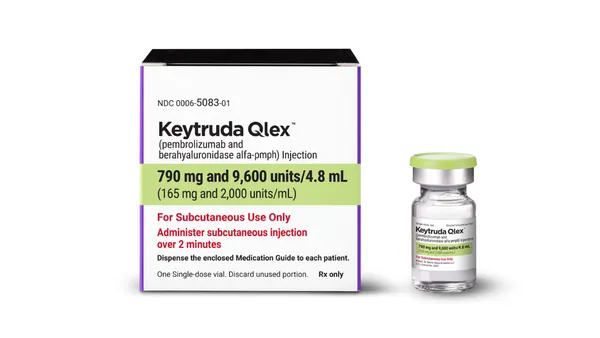In marketing medical products, manufacturers have traditionally relied on the white-coat approach to convince physicians and other medical professionals to use a product or recommend it to their patients. For decades, marketers have gathered data and used the information in their advertising to convince audiences of their product’s superiority. It seemed as if there was no other way to persuade. More recently, medical marketers are discovering another arrow in their quiver: emotional branding. Emotional Branding and CIR In marketing, as in love and war, emotions play as large a role as the intellect; some would say larger. Malcolm Gladwell, author of best-sellers “The Tipping Point” and “Blink,” exalts the wisdom of snap judgments and the power of first impressions. Mr. Gladwell has rolled a hand grenade down the halls of market research. The result, while not the total destruction of focus groups and mall intercepts, is increased reliance on the qualitative dynamics of consumer insight research (CIR). CIR, using tools such as site visits and in-home interviews, allows us to probe the subjective reasons behind consumer purchasing decisions. As the foundation of emotional branding, CIR is simply trying to uncover how the subject feels about a particular experience related to the brand, because those feelings drive his or her behavior. Revealing these emotional responses provides the insights into what a brand must say and do to succeed. Emotions Close the Sale — Even for Healthcare Products A growing number of marketers are realizing the deep emotional connections to branding, as exemplified in the diaper wars between Kimberly Clark’s Huggies and Procter & Gamble’s Pampers. The P&G brand lost market share to Huggies in the 1990s. Attempts to resuscitate the brand through trumpeting technical innovations such as “Rash Guard” fell flat. Only a revamped campaign based on baby development and “seeing the world through babies’ eyes” brought Pampers back to prominence. The take-away, as described in Advertising Age: “emotional content can trump benefit claims.” Medical marketers are realizing the emotional links to branding, as well. Abbott Laboratories de-emphasized data and statistics in the campaign it developed to convince physicians to prescribe the protease inhibitor Kaletra for HIV patients. Instead, Abbott focused on how HIV sufferers can — and should — lead normal lives and continue to be a part of their communities. The image of a woman wearing a large hat and a wide smile in Kaletra ads became the icon for an emotion-linked brand. As healthcare marketers, we should take a page out of Mr. Gladwell’s book with the goal of melding a data-driven quantitative appeal with a totally emotional approach to the brand. Qualitative research will reveal that healthcare professionals are deeply concerned about their patients’ health. They view one of their roles as a motivator and trusted advisor to help patients achieve better health. And while the quantitative side of the appeal is important, the qualitative side is crucial. Getting into People’s Medicine Cabinets As we have learned from Mr. Gladwell and others, the qualitative element is a vital and too-often neglected part of overall market research. Taking a qualitative approach to CIR will give marketers a better understanding of consumer decisions and will lead to more accurate — and successful — emotional branding. Strategic marketers cannot ignore the “blink” phenomenon. We can’t bet all our chips on demographics and “focus groupies” responding in a laboratory environment. To get an accurate insight into buying (or recommending) decisions, consumer insight researchers are devising studies that take them directly into offices and homes. Medical marketers are increasingly using this approach to discover what healthcare brands people really purchase, along with the nature of their emotional commitment to them. Consumer insight research is unlocking the dynamics of emotional branding as marketers gaze directly into people’s medicine cabinets. Stratagem Healthcare Communications LLC, San Francisco, is an independent, full-service advertising agency with affiliate partners in Germany, Asia, and the United Kingdom, serving the pharmaceutical, diagnostic, device, and consumer healthcare industries. For more information, visit stratagem-hc.com or call (415) 397-3667. March 2006 VIEW on Advertising Stratagem Healthcare Communications LLC Malcolm Gladwell has rolled a hand grenade down the halls of market research. The result, while not the total destruction of focus groups and small intercepts, is increased reliance on the qualitative dynamics of consumer insight research (CIR). Patricia Malone, Principal, Creative Services/Copy Susan Hempstead, Principal, Account Services Paul Harris, Principal, Creative Services/Art Unlocking the Dynamics of Emotional Branding Market Research
An article from


Unlocking the Dynamics of Emotional Branding
Filed Under:
Commercialization









